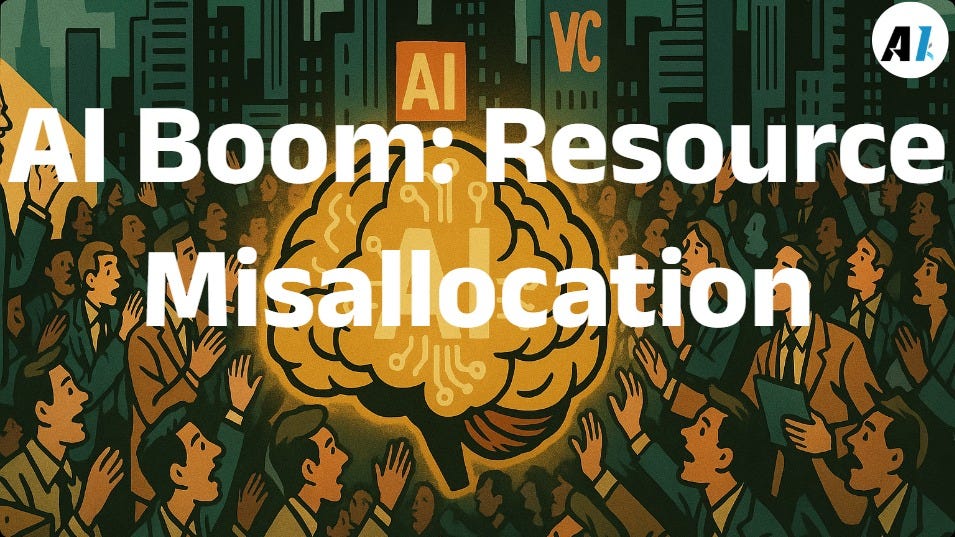Silicon Valley's AI Boom: A Case of Massive Resource Misallocation
Stanford study reveals 41% of AI startups target unwanted automation. Workers prefer AI for tedious tasks, not creative work. Massive resource misallocation exposed.
"AI Disruption" Publication 6900 Subscriptions 20% Discount Offer Link.
Between January and May 2025, a research team from Stanford University conducted a survey that should have been undertaken when the AI boom began.
They interviewed 1,500 American workers and 52 AI experts to evaluate 844 specific tasks across 104 occupations.
Led by economists Erik Brynjolfsson and Yijia Shao, this study was the first to systematically quantify a simple yet overlooked question: What kind of AI do people actually want?
For these 844 occupational tasks, the researchers asked workers to rate their desire for AI automation on a scale of 1 to 5. The results painted a complex picture:
Only 7.11% of tasks scored 4 or higher, indicating that workers wanted AI to take over most of these tasks; another 6.16% scored below 2, showing strong resistance to automation.
Overall, 46.1% of tasks received positive ratings above 3, but this seemingly neutral figure masked significant industry differences.
In computer and mathematical fields, over half of the tasks were welcomed; in arts, design, and media, this proportion plummeted to 17.1%. More critically, when the researchers compared these worker demand data with Silicon Valley’s actual investment trends, an unsettling mismatch pattern emerged.


